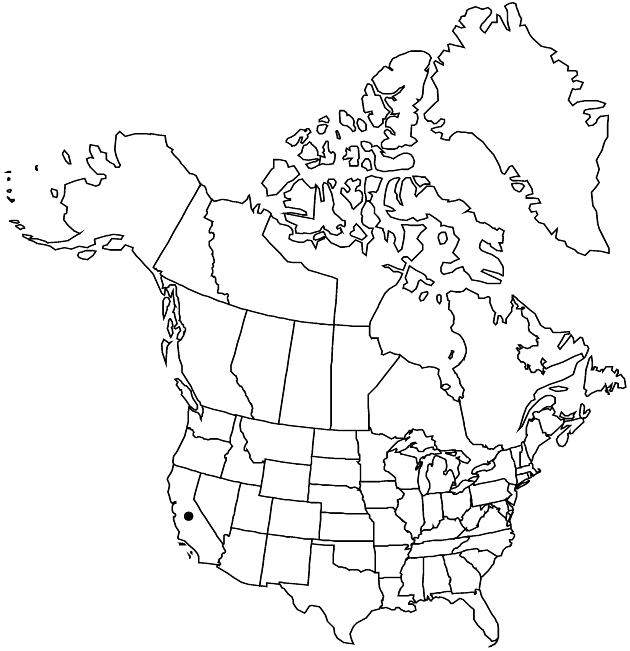Xanthisma junceum
Sida 20: 1406. 2003.
Subshrubs, 25–100 cm; caudices branched, taproots 2–10+ cm. Stems 3–15+, branched in distal 1/2, slender and wiry, glabrous. Leaves: basal often withering by flowering, 20–35 × 6–12 mm, pinnatifid; cauline evenly spaced, blades oblong to linear, scalelike, 4–6 × 1–2 mm (except proximalmost), markedly reduced distally, margins usually entire, faces glabrous. Peduncles minutely glandular, if stipitate, then minutely so; bracts 5–25, imbricate, grading into phyllaries. Involucres hemispheric (narrowed at bases), 0.5–0.8 × 1–1.2 cm. Phyllaries in 5–6 series, oblong to linear-oblanceolate, 1.5–6.5 mm, apices acute, tipped by white bristle, faces minutely stipitate-glandular. Ray florets 15–25; corollas yellow, tubes 3.5–4 mm, laminae 5–6 × 1.5–2.5 mm. Disc florets 25–40+; corollas 4.8–6.3 mm. Cypselae narrowly obovoid to oblanceoloid, 1.5–2.5 mm, nerves 12–18, moderately tawny hairy; pappi tawny, 3.5–6 mm, a few abaxial bristles to 1/3 of longest. 2n = 8, 16.
Phenology: Flowering summer–fall.
Habitat: Rocky, dry slopes
Elevation: 100–1000 m
Distribution

Calif., Mexico (Baja California, Sonora).
Discussion
Xanthisma junceum is reported from Arizona, but no specimen has been seen; as it is coastal in distribution, the report is likely based on a misidentified specimen.
Selected References
None.